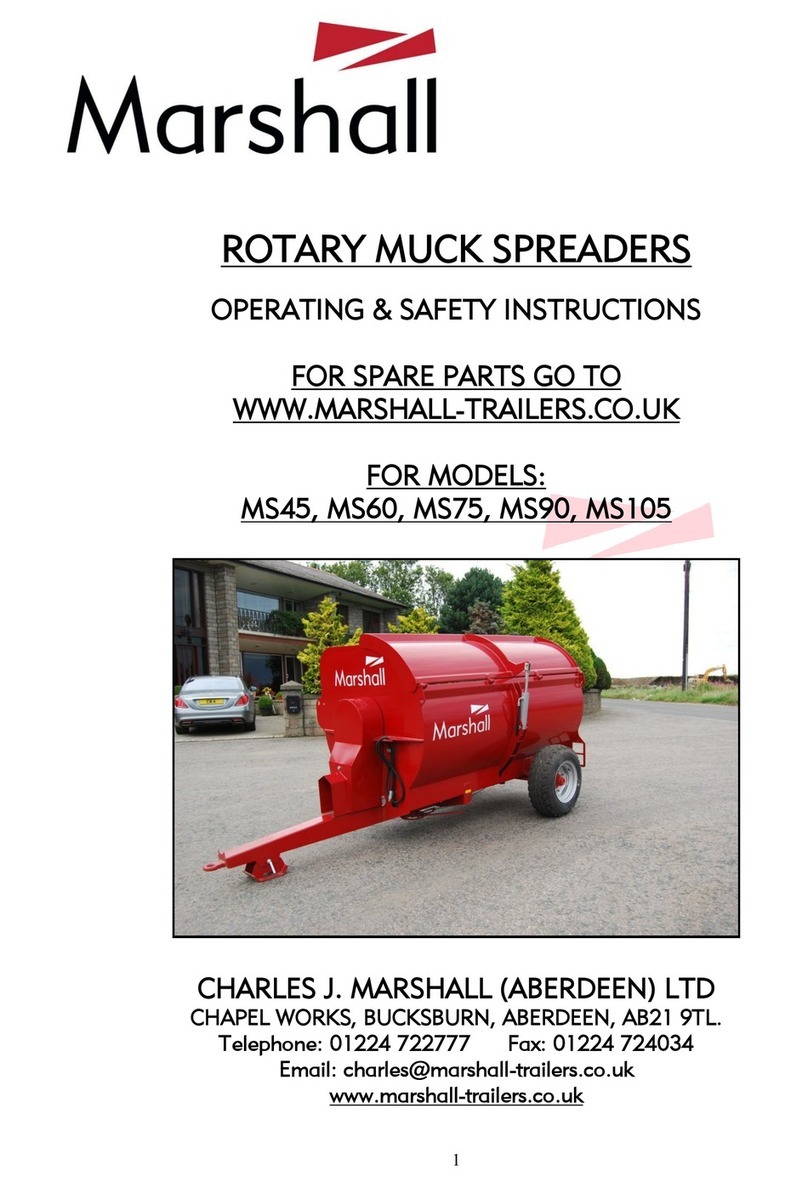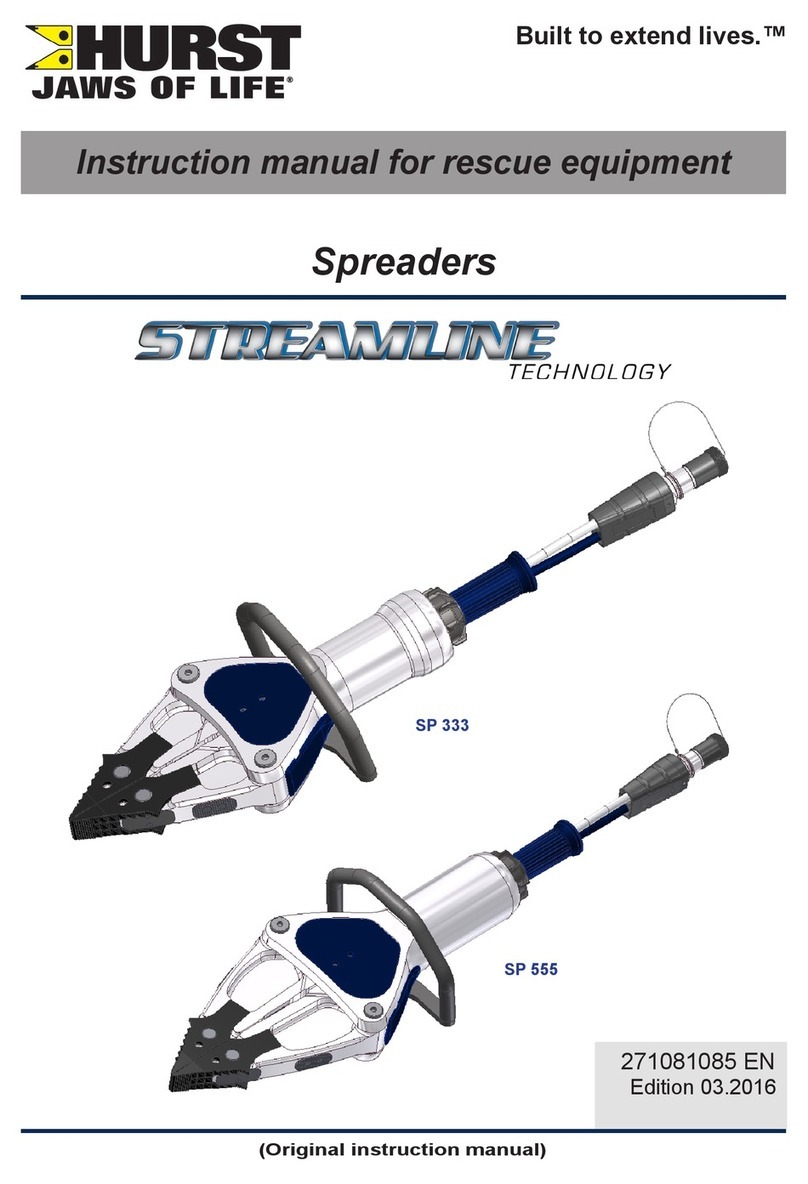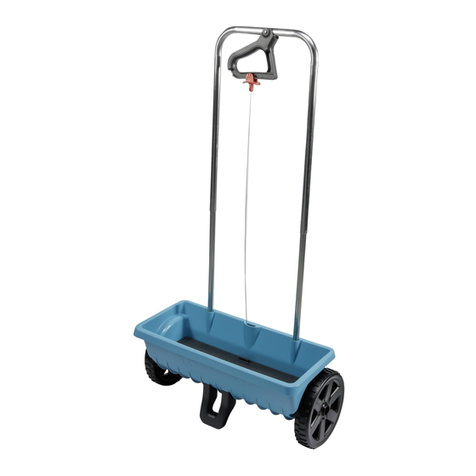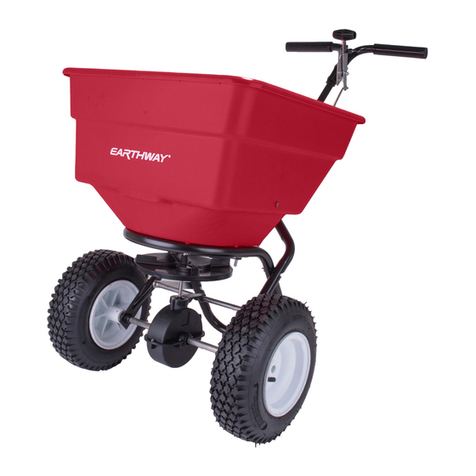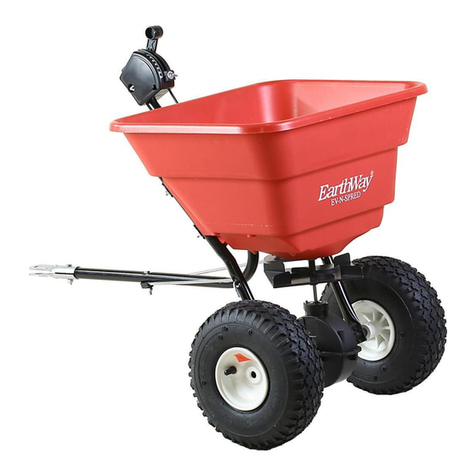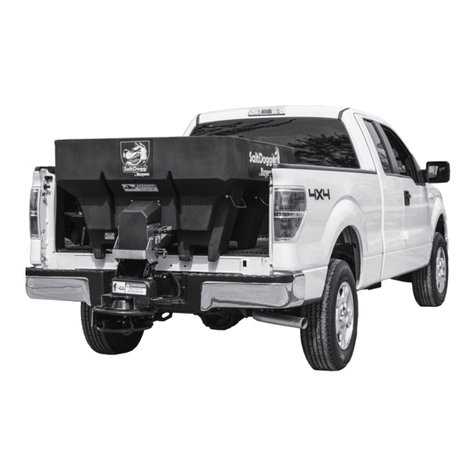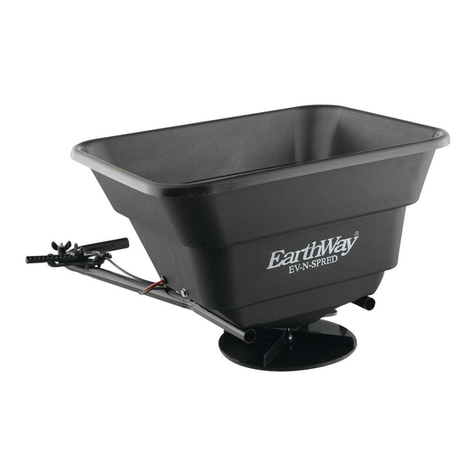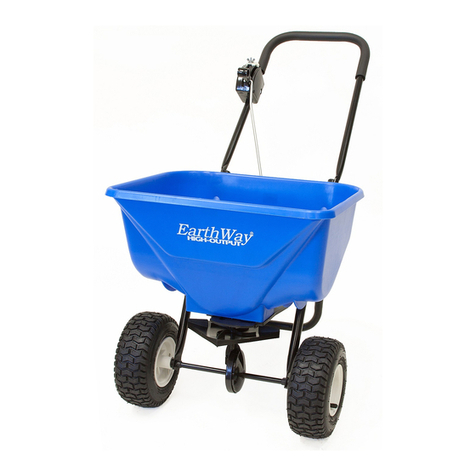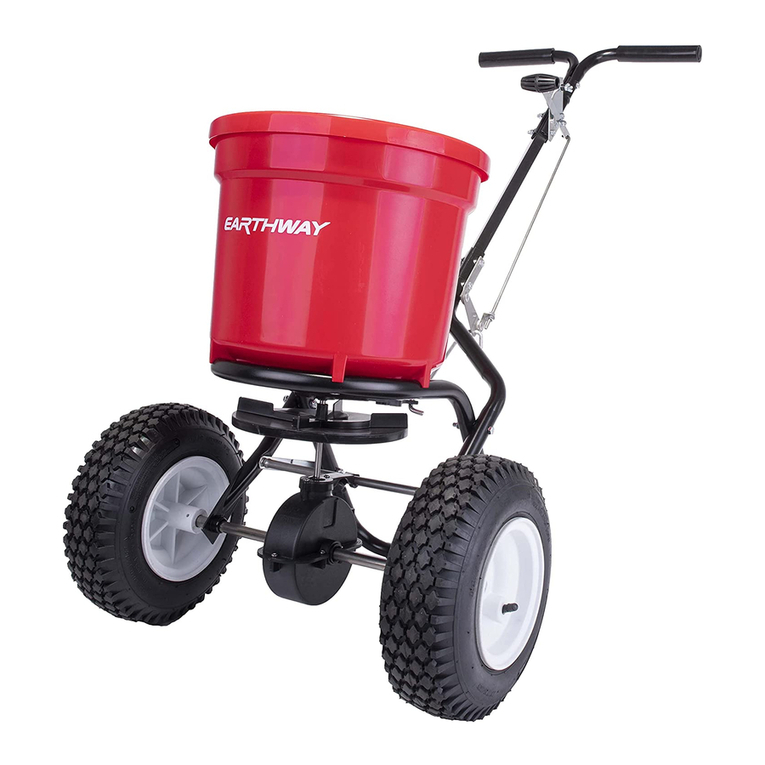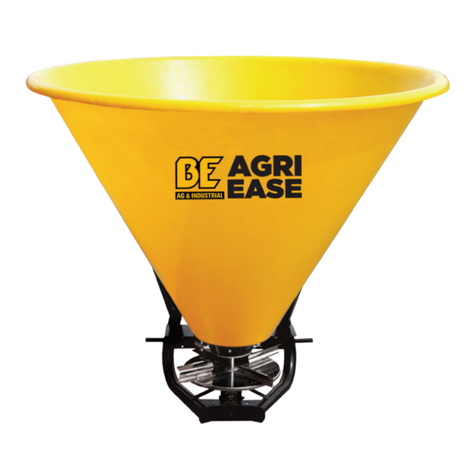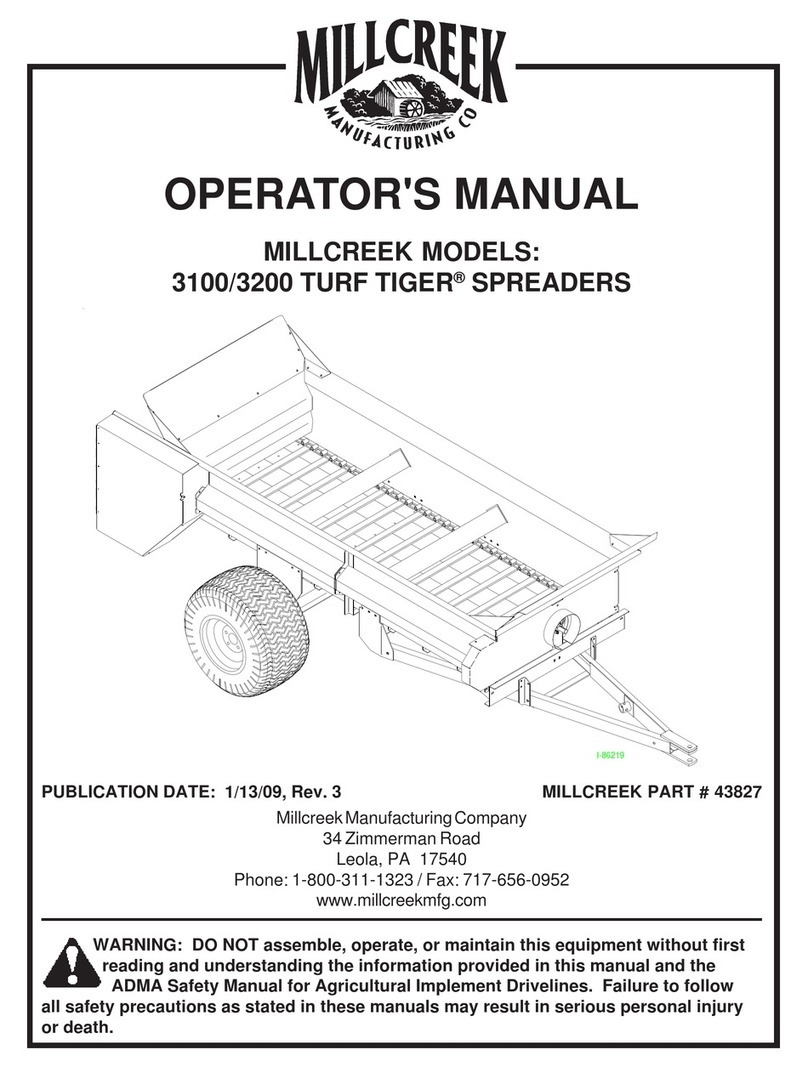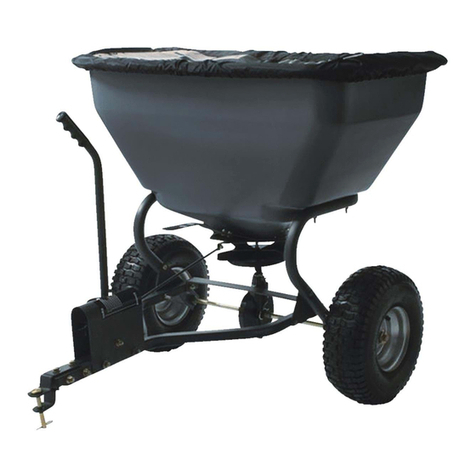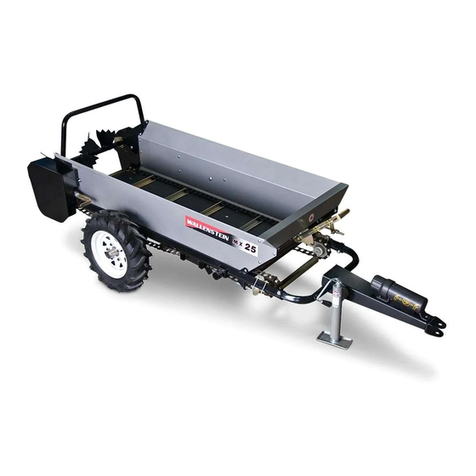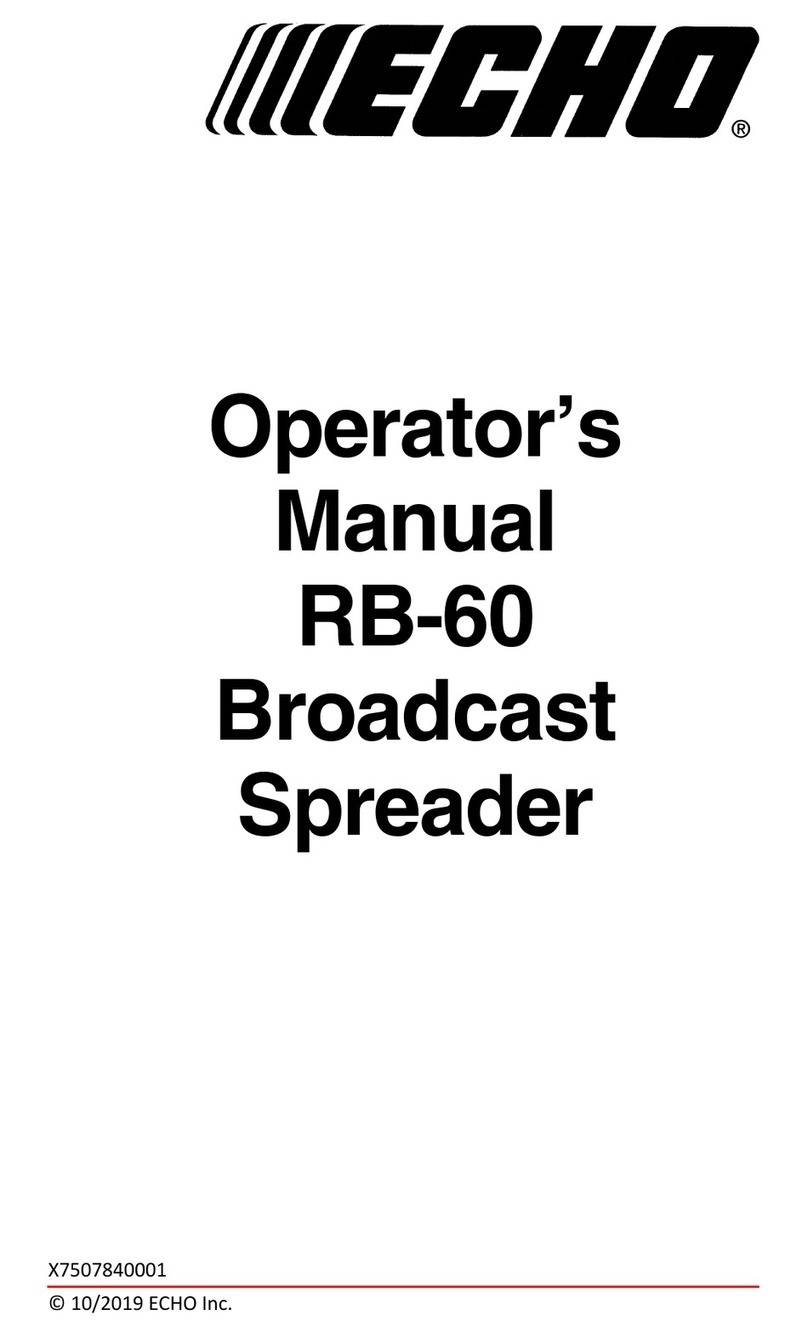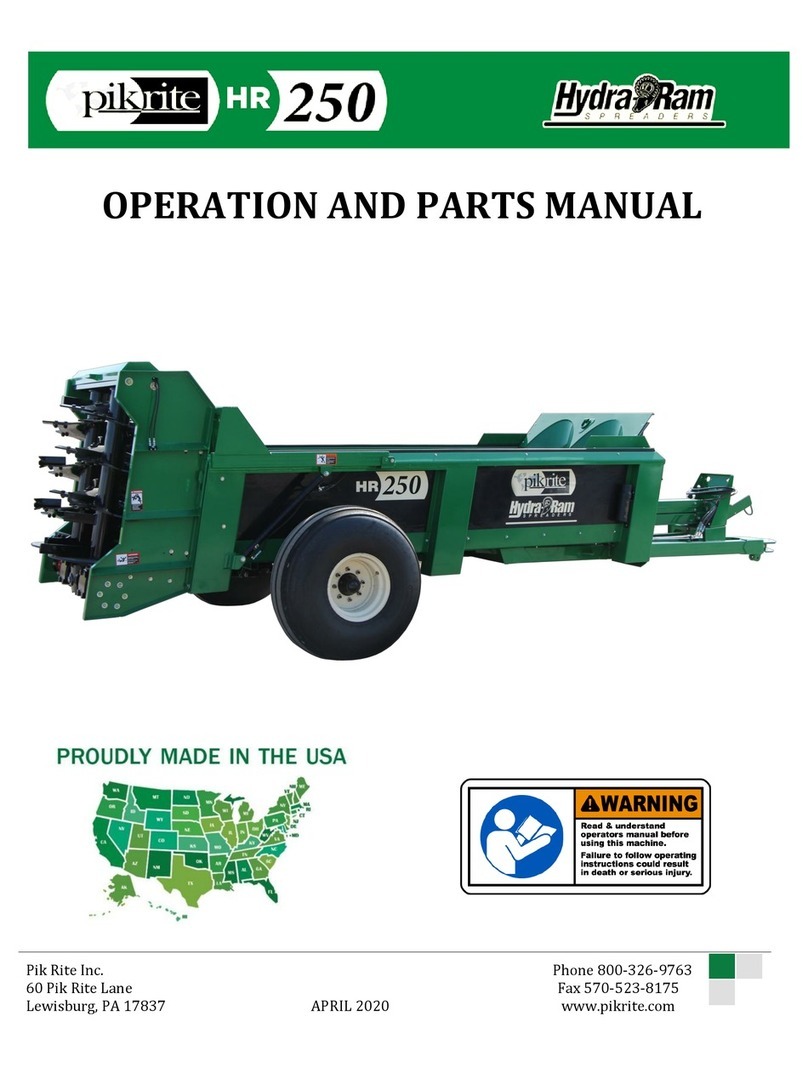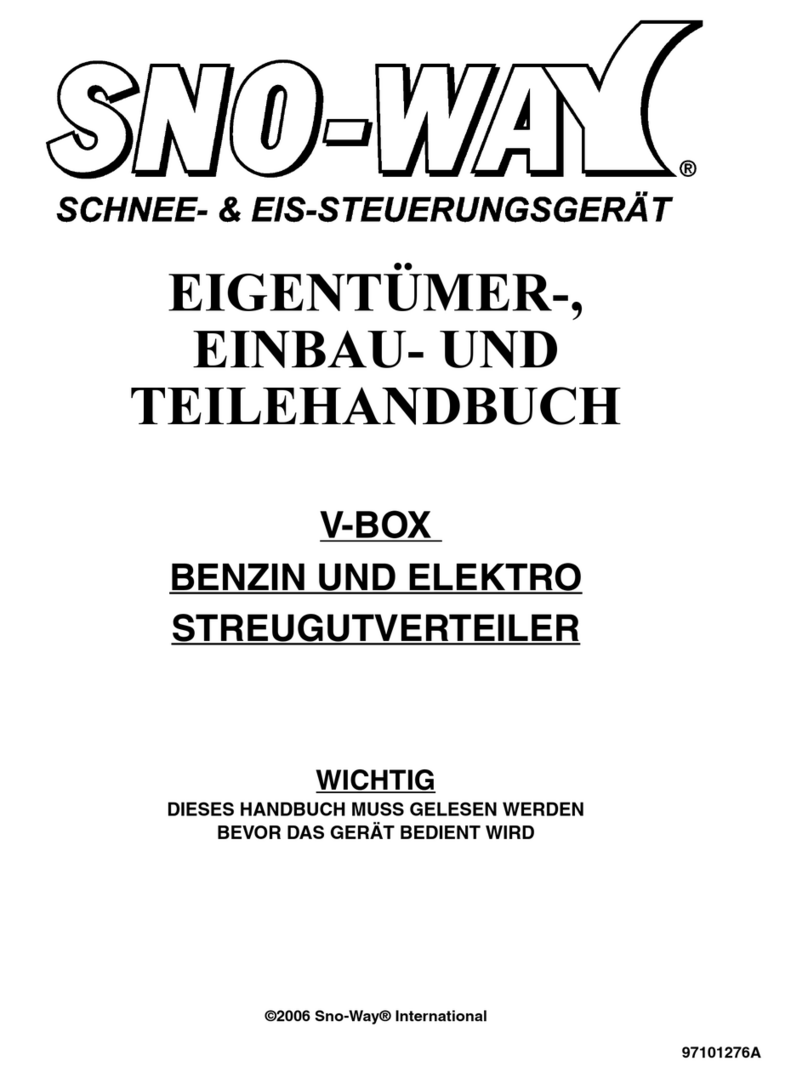
4 BE-PFSxxxG USER MANUAL
SAFETY INFORMATION
Working with unfamiliar equipment can lead to careless injuries. Read this manual, and the manual for your
tractor, before assembly or operating, to acquaint yourself with the machine. It is the equipment owner’s
responsibility, if this equipment is used by any person other than yourself, is loaned or rented, to make
certain that the operator, prior to operating:
• Reads and understands the operator’s manual
• Is instructed in safe and proper use.
• The use of this equipment is subject to certain hazards which cannot be protected against by mechanical
means or product design. All operators of this equipment must read and understand this entire manual,
paying particular attention to safety and operating instructions, prior to using. If there is something in
this manual you do not understand, ask your supervisor, or your local dealer, to explain it to you.
• Most accidents occur because of neglect or carelessness. Keep all heelers and bystanders fifty feet
(50’) from operating equipment. Only properly trained people should operate this tractor and attached
implement. It is recommended the tractor be equipped with a Roll Over Protective System (ROPS) and
a seat belt that is used. Always stop the tractor, set brake, shut o engine, remove the tractor key and
lower implement to the ground before dismounting tractor. Never leave equipment unattended with the
tractor running.
• All equipment is potentially hazardous. There is no substitute for a cautious, safe-minded operator who
recognizes potential hazards and follows reasonable safety practices.
• When the use of hand tools is required to perform any part of assembly, installation, adjustment,
maintaining, repairing, removal or moving the implement, be sure the tools used are designed and
recommended by the tool manufacturer for that specific task.
• Personal protection equipment including safety glasses, safety shoes and gloves are recommended
during assembly, installation, operation, adjustment, maintaining, repairing, removing of the spreader.
• Always use two people to handle heavy, unwieldy components during assembly, installation, removal or
moving of the implement.
• Never place any part of your body where it would be in danger if movement should occur during
assembly, installation, operation, maintaining, repairing or moving the implement.
• Do not work under a raised implement unless it is securely blocked or held in position. Do not depend on
the tractor hydraulic system to hold the implement in place.
• A heavy load can cause instability of the tractor. Use extreme care during travel. Slow down on turns and
watch out for bumps. The tractor may need front counter-weights to counter-balance the weight of the
implement. An unstable tractor could steer badly and possibly tip over, causing injury or death.
• Never use alcoholic beverages or drugs which can hinder alertness or coordination while operating
equipment.
• Do not allow others to ride on the tractor with an operator. Rider are subject to injury such as being
struck by foreign objects or being thrown o. Riders obstruct the operator’s view resulting in unsafe
operation. Never allow anyone to ride on the implement.
• Before you operate any implement, check over all pins, bolts and connections to be sure all are securely
in place. Replace any damaged or worn parts immediately.
• Do not allow anyone who is not familiar with the safety rules and operation instructions to use this
equipment.
• Never allow children to operate or be around the equipment.
• Do not exceed lift capacity of the tractor hitch.
• Keep alert and watch the front as well as the rear when working with the attached implements.
• Never operate spreader if anyone is within 50ft. of tractor and spreader.
• Never use your hand or fingers to clear a jam of material in the feed gate. Use a clean stick or rod.
• When spreading any material, always use safety goggles or safety glasses with side shields.
• Always be aware of the wind direction and that it may carry the material further than normal spread
width.














